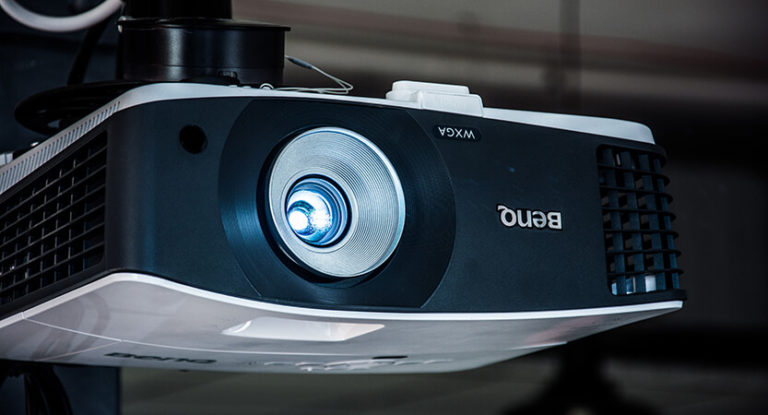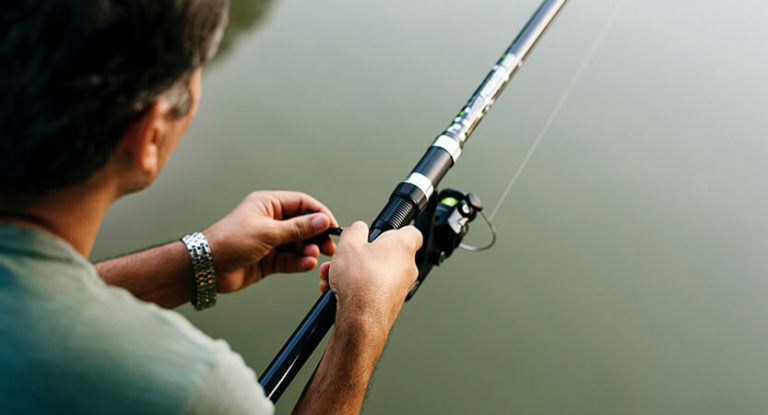Choosing a lens for the Nikon camera may seem like a real test – an incredible amount of optics for any purpose is on sale. To facilitate your task, we have selected several of the best models in their class. These are the legendary wide-angle lenses, portraits, telephoto and macro, standard fixes and even a spectacular fisheye. You may prefer a versatile optical system with a wide range of focal lengths. Or, clearly determine the type of scene and find the best option for wedding photography, portraits, reporting, travel, etc.
For more our buying guides, take a look at the popular links: Canon Lenses, Nikon Cameras, Travel Cameras.
Nikon Lens Reviews
#1 Nikon AF-S DX Micro-NIKKOR 40mm f/2.8G Lens
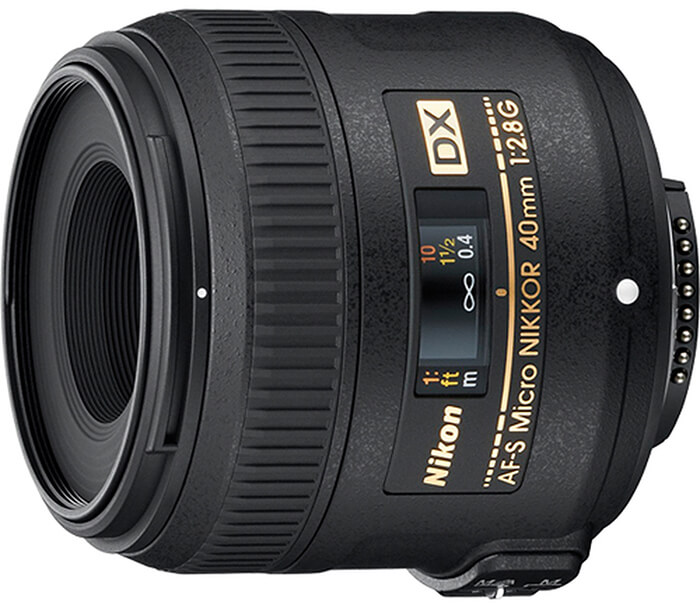
Highlights of AF-S DX Micro-NIKKOR 40mm f/2.8G:
Focal length is 40 mm
Close-Range Correction System (CRC)
Built-in SWM for ultra-fast, ultra-quiet operation
According to the range of application, this lens is universal and well suited for the first experiments in macro photography. With affordable optics, the photographer “probes the soil” in the new technology, will understand his capabilities and needs. Besides, actually, macro photography, the owner will experiment with portraits and city scenes, because the viewing angle of 38.8⁰ is very successful for different objects.
With this inexpensive macro lens, DX camera owners will rejoice at the lack of vignetting at the corners of the frame. But when installed on an FX camera, dimming at the corners will be a nuisance. By itself, this effect is useful for focusing on the subject, however, it is not entirely appropriate when shooting plain and background images.
Commentators also recommend buying a 52 mm protective filter, since the macro process is a dusty affair. Most likely, you will have to crawl, bring the optics closer to a few centimeters, rest against an object, photograph a liquid. Therefore, it is easier to prevent a problem than to change the glass.
#2 Nikon AF-S DX NIKKOR 35mm f/1.8G Lens
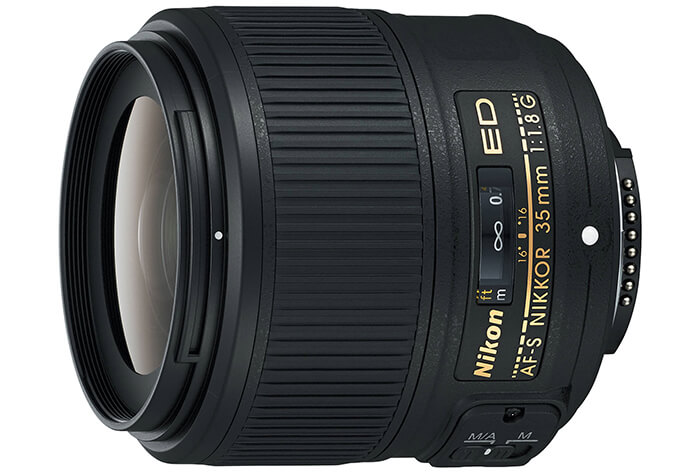
Highlights of AF-S DX NIKKOR 35mm f/1.8G:
Aperture Range: f/1.8 to 22
Silent Wave Motor AF System
Maximum Reproduction Ratio:0.16x
Introducing a fast fixed lens specifically for Nikon DX-format cameras. Its main feature is a large aperture – f / 1.8. This means that you can shoot even in poor lighting conditions, and the brightness of the image in the viewfinder is pleasantly surprising.
The sharpness remains at a height at all aperture values, and it closes to f / 22. Silent autofocus provides a silent wave drive SWM (Silent Wave Motor). Fix lenses have a stable focal length; in terms of optical performance, they are well suited for taking portrait photos, but generally solve a wide range of problems.
The network pays special attention to a balanced compact design and low weight (only 200 g). A convenient option is to switch from manual focus (M) to autofocus with manual focus priority (M / A). A sign of a high-quality lens assembly is a “serious” metal mount. The focusing ring is rubberized, which has the best effect on the comfort of the grip.
#3 Nikon AF-S FX NIKKOR 24-70mm f/2.8G ED Zoom Lens
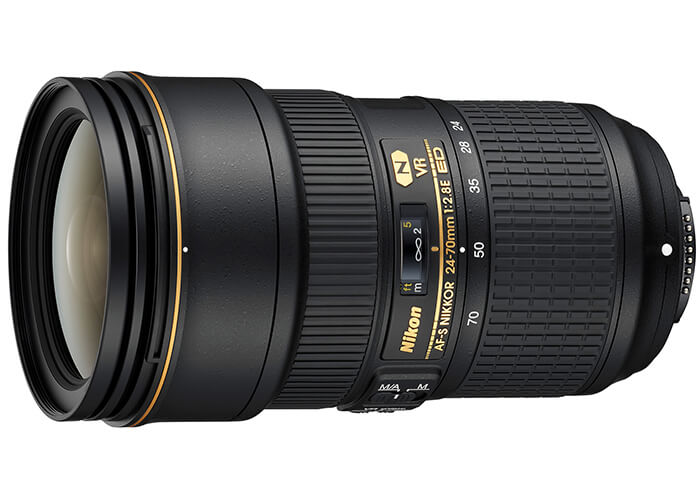
Highlights of AF-S FX NIKKOR 24-70mm f/2.8G:
Focal Length Range : 24 70 mm
Minimum Focus Distance : 1.2 ft.( 0.38 m)
Lens Construction (Elements/Groups): 15/11
The legendary professional lens is suitable for any Nikon digital camera. The built-in motor allows the device to perform high-quality autofocus even when complete with a budget “carcass”. The aperture of the zoom lens has a lightning reaction, but sometimes the focus “misses”. Therefore, pros are advised to shoot in series to provide the opportunity to choose the best frames.
Why is this unit ideal for wedding photography? It’s simple: there are a lot of interesting events happening around, and the photographer has no time to change optics and select a distance. Therefore, the option with a focal length of 24-70 mm is considered optimal (in the DX format, it corresponds to a distance of 36-105 mm).
Both portraits and group shots work great. Despite the universality of the model, in all its glory its potential will be revealed precisely on full-frame cameras: the owners claim that they photograph in any conditions and with any light.
#4 Nikon AF-P DX NIKKOR 10-20mm f/4.5-5.6G VR Lens
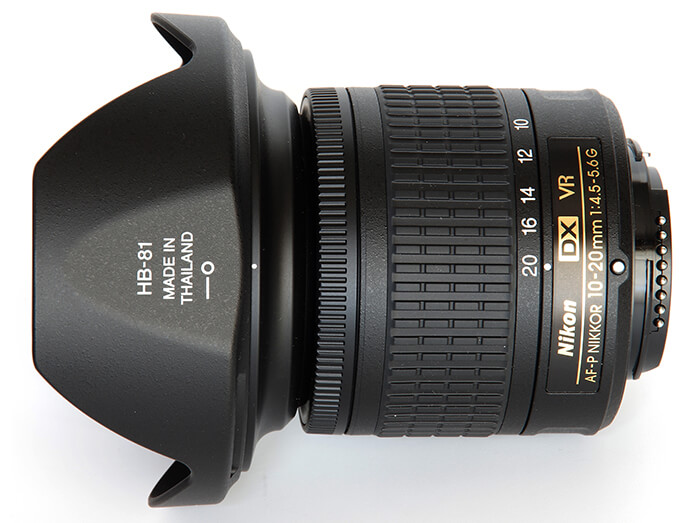
Highlights of AF-P DX NIKKOR 10-20mm f/4.5-5.6G:
Super Integrated Coating
Aperture Range: f/4.5 to f/29
Minimum focus distance – 0.22 m ( 0.8 ft)
If you are used to bulky wide-angle optics, this “baby” will pleasantly surprise you. The total weight of the plastic case with 14 optical elements and a bayonet mount is only 230 g!
We focus on the application of the new AF-P technology, which is responsible for the improved silent operation of the AF engine. In general, Nikon is actively working on improving electric drives in new generation lenses. A relative minus of the innovation – not every camera will reveal the potential of the device, but only released after 2013.
The impressions of the owners are polar: some are annoyed by the pronounced distortion of the super wide angle, when the straight lines give the curvature in the photo. However, this property is not a problem: fans of strict geometry can easily correct distortions during post-processing, and in creative genres – street photo, shooting the night sky, portrait experiments – this effect is quite desirable, because it allows you to get an original and boring composition.
#5 Nikon AF-S FX NIKKOR 28-300mm f/3.5-5.6G ED Lens
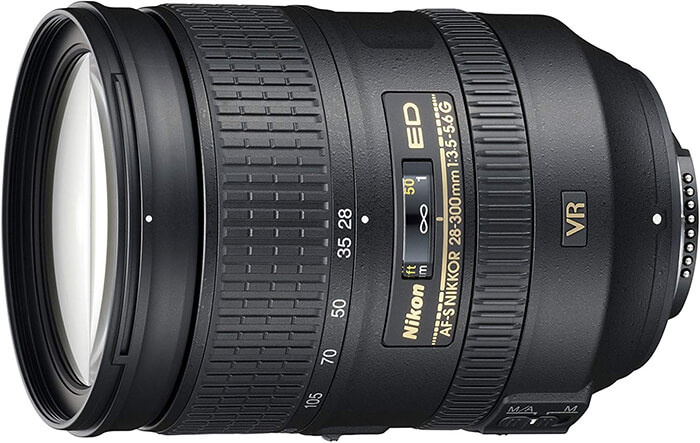
Highlights of AF-S FX NIKKOR 28-300mm f/3.5-5.6G:
M/A Focus Mode Switch
Nikon Super Integrated Coating (SIC)
2 Extra-low Dispersion (ED) Elements
This Nikon optics is a traveler’s dream. Why carry a backpack with a set of lenses, if you can use one standard zoom with a magnification of 10.7x in any situation, choosing a position from wide-angle to telescopic. If you decipher the name, the abbreviation ED means the presence of low-dispersion elements that save from chromatic aberration (color distortion), and VR is a stabilizer, or rather, a system of vibration reduction of the second generation. The sealed bayonet mount is protected from moisture and dust.
Pros say that with its best side superzoom shows itself in conjunction with an FX camera. Of the optimal genres for this model, observers distinguish travel photos, panoramas, interiors, sporting events (in good lighting), underwater shooting in an aquabox. Optics are good for wedding photography. Weaknesses: pronounced distortion at the maximum focal length, tangible weight. The last “drawback”, however, is a natural payment for universality.
#6 Nikon AF-S NIKKOR 14-24mm f/2.8G ED Lens
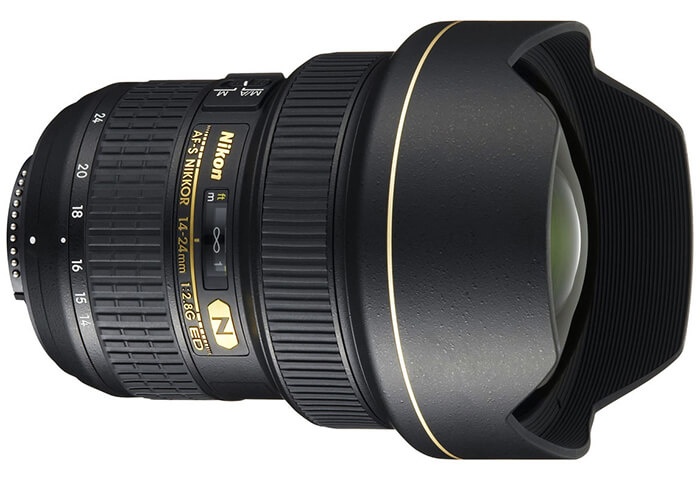
Highlights of AF-S NIKKOR 14-24mm f/2.8G:
Angle of View: 114° – 84°
Focal Length Range: 14 -24 mm
Minimum Focus Distance: 0.9 ft.( 0.28 m)
Uncompromising wide-angle lens for FX cameras with a 36×24 mm full-frame sensor, such as Nikon D3X, D3, D810, D750, D700. A massive specimen weighs almost 1 kg, it is heavy, unlike portrait fixes, so the most hardy will work with it.
Optics gives you memorable shots from unusual angles without distortion. All straight lines remain straight, and experts in shooting architectural objects and landscapes will like this.
The device is appreciated by fans of exceptional sharpness throughout the frame – both in the center and in the corners – even taking into account the maximum open aperture. The ultra wide angle has an impressive f / 2.8G aperture, which makes it possible to shoot without a tripod even at night. Users emphasize that this lens has no analogues, and it has no weaknesses. Owners are slightly upset only about the “vulnerability” of the front glass – it is easy to dirty or scratch it, so be careful, the device is worthy of the most gentle handling.
#7 Nikon AF-S FX NIKKOR 85mm f/1.4G Lens
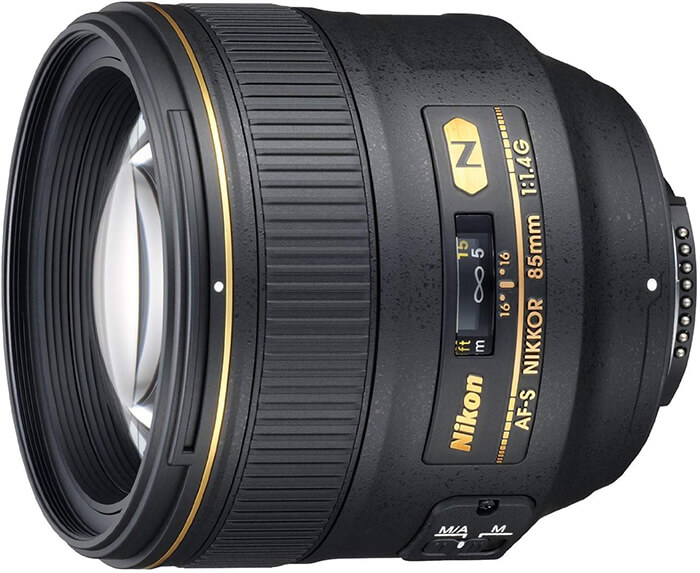
Highlights of AF-S FX NIKKOR 85mm f/1.4G:
Nano Crystal Coat
Closest focusing distance: 0.85 m
Minimum Focus Distance : 3.0 ft. (0.85m)
From the entire list of Nikon NPS professional equipment, this lens is called a classic portrait and studio shooting. The mid-range telephoto lens was created for the FX camera (with a “full frame” matrix of 36 × 24 mm format).
Attractive light bokeh (out-of-focus image blur) results from the 9-blade rounded f / 1.4 aperture. Nano Crystal Coat technology (look for the N marking on the housing) means that the lenses are coated with the finest antireflection coating. Shoot in any light – annoying ghosting and ghosting in your shots will not bother you.
And Nikon has implemented the technology of internal focusing IF (Internal Focusing). Thus, the size of the telephoto lens does not change when focusing, and you do not need to exert effort to move the lenses in the optical system. A special group of lenses moves only within the housing, and users are not overjoyed by the compactness of the device and the focus speed.
#8 Nikon AF DX NIKKOR 10.5mm f/2.8G ED Fisheye Lens
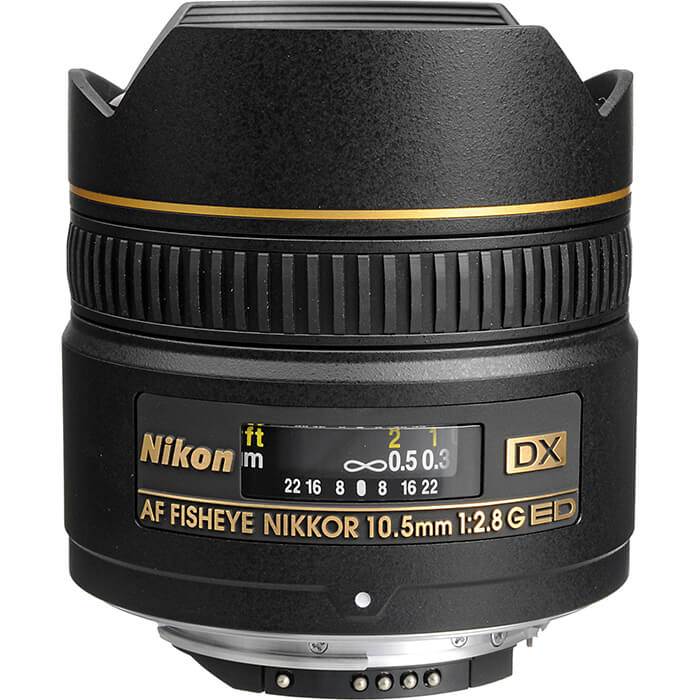
Highlights of AF DX NIKKOR 10.5mm f/2.8G:
Built-in flower-type lens hood
Close-Range Correction (CRC)
Close range focusing up to a near 5.5 inches
This wonderful “fisheye” from the list of professional equipment Nikon NPS made specifically for cameras with a DX matrix. Otherwise, when installed on a carcass with a full-format matrix, you will not get the desired barrel-shaped distortion. Of the minuses: this lens is the only “native” fish for Nikon DX cameras, it also does not have a built-in focus motor.
Experimenters will like the photosystem very much: the interior, landscape, advertising, grotesque portrait and even scientific photography will be transformed as a result of using a fisheye lens.
Photographers agree that this optics perfectly holds the sun in the frame, there are no glare or flare in the pictures. But with wide-angle coverage (180⁰ diagonal) it is difficult to get rid of the light sources in the composition. An important advantage lies in the ease of the device – the fisheye weighs only 300 g. Small size is a good property for panoramic aerial photography or when working in confined spaces.
#9 Nikon AF FX NIKKOR 50mm f/1.8D Lens
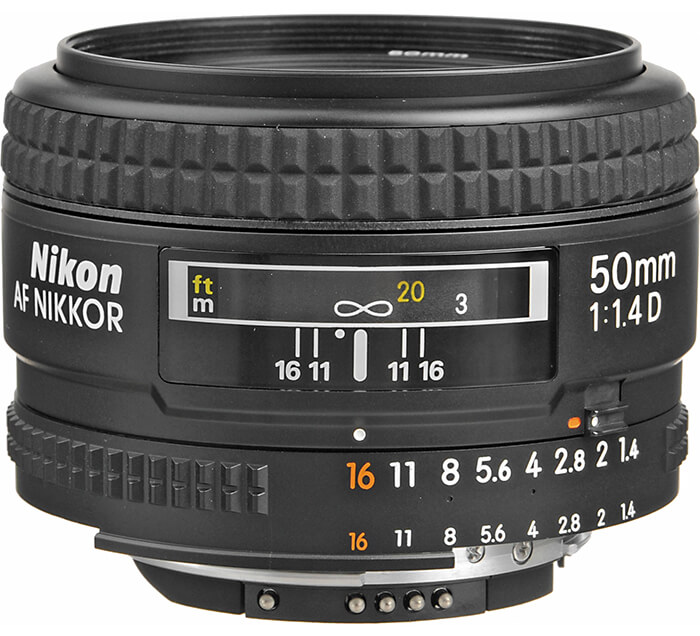
Highlights of AF FX NIKKOR 50mm f/1.8D:
Maximim Aperture: f/1.8
Maximum Reproduction Ratio: 0.15x
Minimum Focus Distance – 1.5 ft.( 0.45 m)
Let’s start with SIC technology, or Super Integrated Coating. Especially to improve optical performance, Nikon has invented an exclusive multilayer coating to reduce ghosting and glare. This solved several problems at once: improved color rendering and color balance, minimized reflection at any wavelength. Applying layers on each element is a very accurate and delicate process, which gives the manufacturer the full right to declare new quality standards in the industry.
This standard autofocus “fifty dollars” should be in the set of every self-respecting photographer, especially among portrait masters. Their opinion is that it is on this fix that an amateur should pass after removing the whale lens. In general, in the professional community, the 50mm fix optics are very sensitive. In particular, the legendary father of the photo essay Henri Cartier-Bresson used a similar one. Add this thing to your arsenal if you want to shoot beautiful portraits and scenes with a blurry background.
#10 Nikon AF-P DX NIKKOR 70-300mm f/4.5-6.3G ED VR Lens
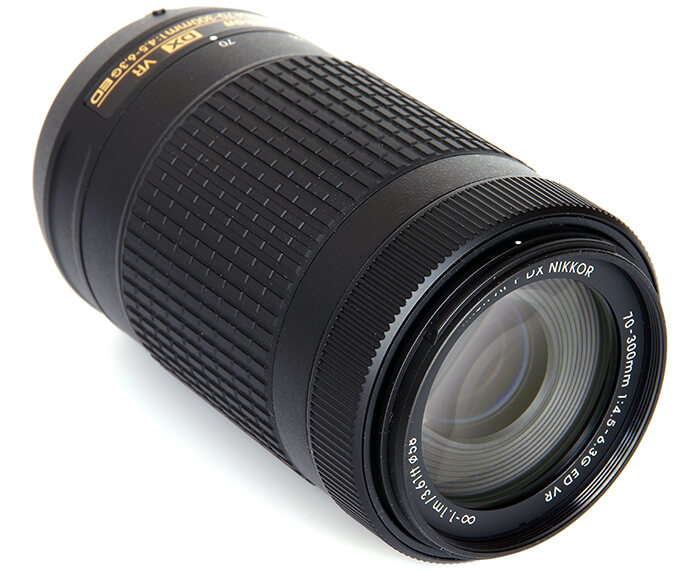
Highlights of AF-P DX NIKKOR 70-300mm f/4.5-6.3G:
Nikon VR image stabilization
Aperture range: f/45-63 to F/32
Maximum Reproduction Ratio: 0.22x
An ideal model for exploring creative areas of photo and video shooting with a universal focal length range of 70-300mm. The 4.3x zoom lens is designed for Nikon DX-format DSLR cameras and is well compatible with small carcasses.
Zoom in is useful when working with dynamic scenes, for example, in a children’s team or in the wild. The autofocus system works quickly, smoothly, quietly and accurately – the new Nikon stepper motor is responsible for this.
Optical VR vibration reduction is provided. A highly intelligent system minimizes jitter and blur, so you can safely use a slow shutter speed at dusk and at night, even without a tripod. It is for such thoughtful stabilization that commentators praise this model. The VR mechanism allows the photographer to freely move the lens, automatically correcting and compensating for random hand movements. Very useful quality for wedding photography.
Final Thoughts
I hope you have found the best nikon lens for yourself after this tutorial. If you would like to comment, notice that the article content has not been updated in time, or suggest a nikon lens I did not include, please use our contact form to stay in touch.
Have fun and good luck!
Notice: Trizily.com is a participant in the Amazon Services LLC Associates Program, an affiliate advertising program to provide a means for us to earn fees sold through qualifying purchases by linking to Amazon.com. Amazon offers a small commission on products sold through their affiliate links. Each of your purchases via our Amazon affiliate links supports our efforts to bring you the best possible product reviews at no additional cost to you. We appreciate your support here at Trizily.com

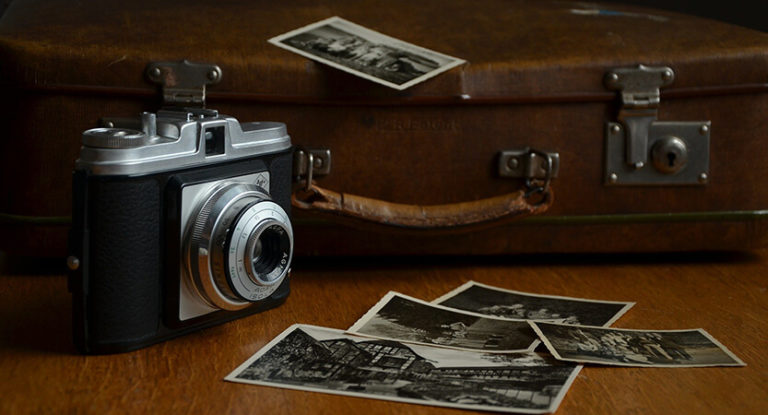
![The 7 Best Spinning Reels in 2023 [Buying Guides] 12 The 7 Best Spinning Reels in 2023 [Buying Guides]](https://trizily.com/wp-content/uploads/2021/12/033-768x415.jpg)
![The 10 Best Fishing Coolers in 2023 [Detailed Guide] 21 The 10 Best Fishing Coolers in 2023 [Detailed Guide]](https://trizily.com/wp-content/uploads/2022/03/best-fishing-coolers-768x768.jpg)
![Top 10 Best Fishing Watches Reviewed [Buyers Guide] 32 Top 10 Best Fishing Watches Reviewed [Buyers Guide]](https://trizily.com/wp-content/uploads/2022/03/best-fishing-watches-768x768.jpg)
